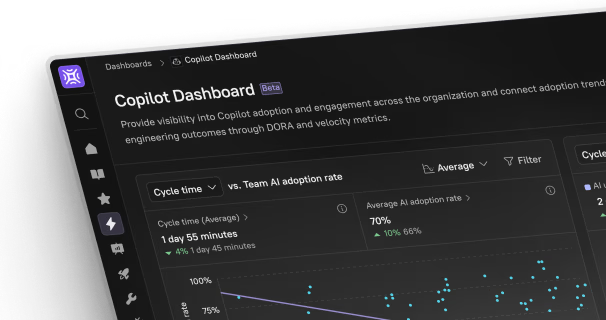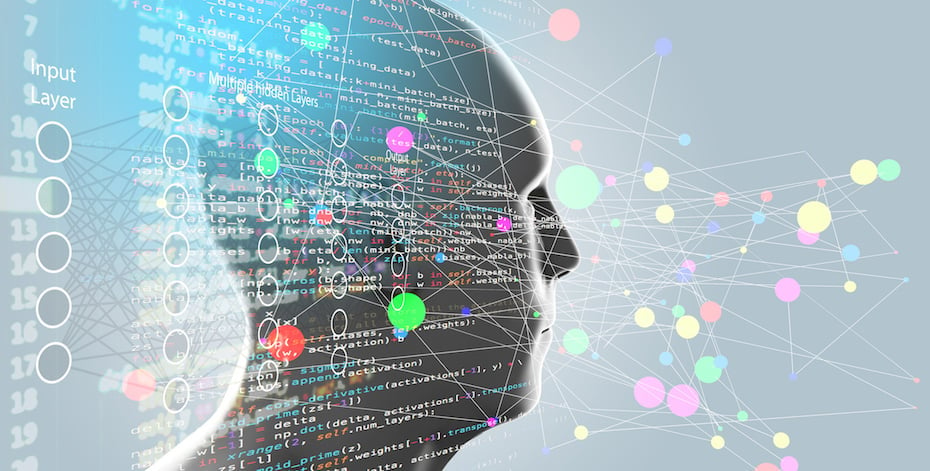In the rapidly evolving world of AI, two giants stand out: Copilot Microsoft and ChatGPT by OpenAI. Both offer groundbreaking AI capabilities that promise to reshape how we work, code, write, and ideate—but they do so in dramatically different ways. This article deep dive into the question people keep asking: “Which AI assistant is right for me—Copilot Microsoft vs ChatGPT?”
Whether you’re a tech lead, content creator, or business strategist, knowing the strengths, weaknesses, and real-world performance of these tools is no longer optional—it’s a competitive necessity.
Explore the full potential of Microsoft Copilot with our internal playbook: The Ultimate Copilot Playbook
People Are Always Asking…
“Is Copilot Microsoft better than ChatGPT?”
“What’s the difference between the two?”
“Which AI gives better help for coding, writing, or managing tasks?”
And it’s not just developers asking these questions. From HR professionals using Word to analysts working in Excel, AI is quickly becoming the default sidekick for productivity across sectors.
Let’s unpack this in a human, helpful, and hype-free way.
Overview: What Are They?
🔹 Microsoft Copilot (aka Copilot Microsoft)
- Built into Microsoft 365 apps like Word, Excel, PowerPoint, Outlook, Teams
- Powered by OpenAI’s GPT models (usually GPT-4 or GPT-4 Turbo)
- Embedded in your daily workflow
- Enterprise-ready with Microsoft security/compliance
- Focused on workplace productivity
🔹 ChatGPT (by OpenAI)
- A standalone AI chatbot platform
- Offers access to GPT-4 (and now, GPT-4o)
- Available via browser and mobile apps
- Best for freeform thinking, personal use, brainstorming, and coding
- Plugin and custom GPT support in Plus & Team versions
Core Differences at a Glance
| Feature | Copilot Microsoft | ChatGPT |
| Integration | Deep in Microsoft 365 apps | Standalone chat interface |
| Context Awareness | Knows your Word docs, emails | Knows only what you give it |
| Access to Internet | Limited (Bing backend only) | Yes (in GPT-4o with browsing) |
| Custom GPTs/Plugins | No | Yes |
| Target User | Professionals in Microsoft apps | Developers, researchers, anyone |
| Security | Enterprise-grade via Microsoft | Depends on plan (Team/Enterprise) |
| Speed (GPT-4o) | No (GPT-4 Turbo only) | Yes (Ultra-fast GPT-4o) |
“Copilot Microsoft is Like a Silent Productivity Partner”
“Copilot Microsoft feels like a turbocharger inside Office—it’s not flashy, but it quietly makes your day more efficient.”
— Tamer Badr, Owner of Singleclic, a global digital transformation agency
Tamer added, “I love how it keeps context without asking. It reads my meeting notes, suggests PowerPoint decks, and can draft a financial summary in Excel with two clicks. That’s real-world productivity, not just AI hype.”
The Good: Benefits of Each Platform
✅ Microsoft Copilot – Pros
- ✍️ Auto-drafts emails, reports, and summaries inside apps
- 📊 Excel formulas & data visualization support
- 📅 Instant meeting recaps in Teams
- 🔐 Data stays in your Microsoft cloud (huge for compliance)
- 📄 Rewrites and formats documents inside Word
✅ ChatGPT – Pros
- 💡 Best for brainstorming, ideation, and coding
- 🌐 Access to web browsing (Pro version)
- 🧩 Plugin + Custom GPT options
- 📱 Available on mobile, desktop, API
- 🎨 Creative writing, script writing, poetry
The Bad: Potential Drawbacks
⚠️ Copilot Microsoft – Cons
- 🔒 Locked to Microsoft ecosystem (Word/Excel/Teams, etc.)
- 🧠 Lacks creativity: mostly task-focused
- 💰 Requires Microsoft 365 license + Copilot add-on
- ⏳ No control over model version (GPT-4 Turbo only)
⚠️ ChatGPT – Cons
- 🔄 Lacks real-time app integration unless manually fed data
- 🧱 Context windows are session-based (unless file uploaded)
- 🔐 Security/compliance requires enterprise plan
- ❌ Can’t access your docs or emails without upload or plugin
Ideal Use-Cases for Each
Best for Copilot Microsoft:
- Writing business reports in Word
- Summarizing emails in Outlook
- Crunching budget sheets in Excel
- Creating presentations in PowerPoint
- Taking Teams meeting notes
Best for ChatGPT:
- Writing code or debugging
- Creating outlines and scripts
- Generating SEO-rich content
- Researching complex topics
- Interfacing with APIs or using plugins
Real-World Review: Tamer Badr’s Take
Tamer Badr emphasizes the balance:
“ChatGPT is my go-to for exploring new ideas or coding. But when I’m knee-deep in a proposal or client presentation, Copilot saves me hours by understanding the context right away. It’s like AI with reading glasses—it sees what I see.”
He recommends teams looking to supercharge their productivity start with Copilot—especially if they’re already using Microsoft 365—and then augment with ChatGPT for creativity or technical needs.
Quick Comparison Checklist
Choose Microsoft Copilot if you:
- Work heavily in Office Suite
- Need privacy and compliance
- Want meeting/email summarization
- Are part of an enterprise team
Choose ChatGPT if you:
- Want general creativity and coding
- Prefer a flexible, conversational AI
- Like plugin/custom GPTs
- Need fast access to knowledge or brainstorming
F.A.Q.
Is Copilot Microsoft using ChatGPT?
Yes, under the hood it uses OpenAI’s GPT-4 models—but it’s tailored and embedded into Microsoft’s productivity apps.
Can I use both together?
Absolutely. Many professionals toggle between Copilot for work tasks and ChatGPT for creativity, learning, or coding help.
Which is more secure?
Copilot wins in enterprise-grade security, especially for compliance-heavy industries like finance, healthcare, or government.
Is ChatGPT free?
There’s a free version (GPT-3.5), but access to GPT-4 or GPT-4o with plugins and browsing requires a paid plan (Plus or Team).
Can ChatGPT edit my Word docs?
Not directly—unless you paste your content or upload a file. Copilot is better for real-time document editing.
Final Verdict: No One-Size-Fits-All
In the battle of Copilot Microsoft vs ChatGPT, there is no one-size-fits-all winner. Instead, it’s about choosing your AI co-pilot based on your workday:
- Need help inside apps? 🏢 Go Microsoft Copilot
- Need creativity, code, and flexibility? 🧠 Use ChatGPT
For those in hybrid roles, like sales engineers, digital marketers, or product managers, using both in tandem is the new superpower.









